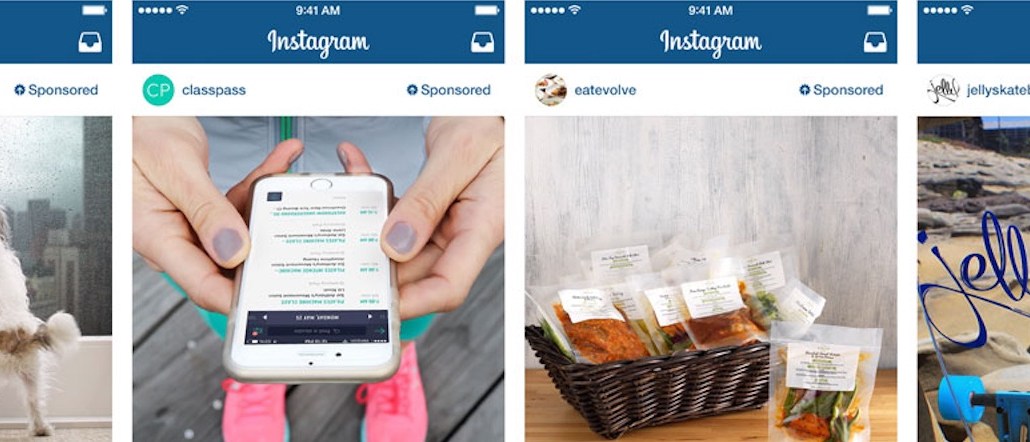
Facebook has created an ad monster, again.
Instagram announced this week it has topped 200,000 advertisers. Despite that growth, there are few signs that users have been turned off by the rapid expansion of ads — Instagram also recently topped 400 million users.
However, there has been a noticeable drop in ad quality from glossy, magazine-style posts to ones that look more like they belong in the Sunday circular. The tension for Instagram, as it grows, is how to police the ad experience.
To that end, Instagram has a number of quality controls for its ads. It hosts workshops with brands, agencies and ad tech partners to teach them about the rules. It sets style guidelines, including limits to how much text is allowed in the ads. There’s also a team of people looking for ads that don’t meet standards.
“The guys that run into the creative restrictions the most are the aggressive ones, the gaming companies and the lead-gen advertisers — the stuff you’d expect,” said Ben Tregoe, svp of business development Nanigans.
But this week, tech personality Om Malik wondered in a blog post whether Instagram’s ad assault was just too much. “It has been infesting my feed with too many ads — and not just any ads but terrible ads. Video ads. Ads that make absolutely no sense to me. Ads that have less relevance to my feed and me than dumb follow-me-everywhere banners on the web,” Malik wrote.
The complaints have been around in some form since Instagram started selling ads more than two years ago. Even the first sponsored images, despite their high-end look from brands like Michael Kors and Ben & Jerry’s, drew protests from people who didn’t want commercial interruptions.
Instagram CEO Kevin Systrom used to personally review every ad to ensure the quality. Now, that level of attention is nearly impossible given Instagram’s recently opened ads platform, which helped lead the surge in businesses on the app.
Ad tech firm Nanigans, for one, has 40 percent of its advertisers buying on Instagram because of its ease of adoption, said Tregoe. “If customers are used to buying on Facebook, then Instagram is an easy transition for them,” he said.
Facebook, also, is keeping a close watch on ad load and what it does to the user experience. That’s because ads need to be good or they won’t perform well, said Adam Berke, CMO at AdRoll.
“It’s very data-driven, measuring the impact of ad load on user engagement,” Berke said of Facebook.
More in Media

Media Briefing: Publishers who bet on events and franchises this year are reaping the rewards
Tentpole events and franchises are helping publishers lock in advertising revenue.

With Firefly Image 3, Adobe aims to integrate more AI tools for various apps
New tools let people make images in seconds, create image backgrounds, replacing parts of an image and use reference images to create with AI.

Publishers revamp their newsletter offerings to engage audiences amid threat of AI and declining referral traffic
Publishers like Axios, Eater, the Guardian, theSkimm and Snopes are either growing or revamping their newsletter offerings to engage audiences as a wave of generative AI advancements increases the need for original content and referral traffic declines push publishers to find alternative ways to reach readers.





